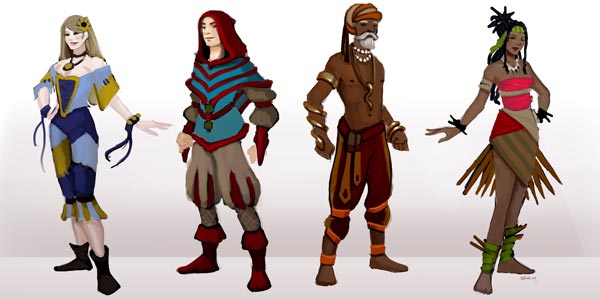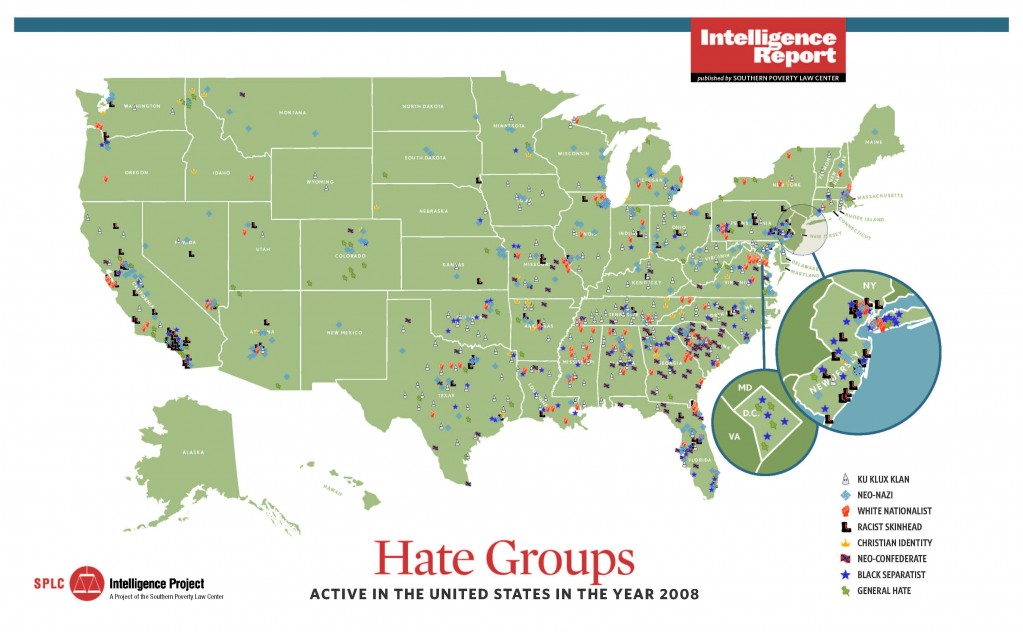Fair.org (via Alas a Blog) points out that the news media has consistently framed the recent U.S. killing of dozens of Afghan civilians as “bad PR.” Consider these headlines:
Wall Street Journal

Washington Post

New York Times

Fair summarizes the coverage:
Early reports of a massive U.S. attack on civilians in western Afghanistan last week (5/5/09) hewed to a familiar corporate media formula, stressing official U.S. denials and framing the scores of dead civilians as a PR setback for the White House’s war effort.
…
The New York Times reported that civilian deaths “have been a decisive factor in souring many Afghans on the war.” As CBS Evening News anchor Katie Couric put it (5/6/09), “Reports of these civilian casualties could not have come at a worse time, as the Obama administration launches its new strategy to eradicate the Taliban and convince the Afghan people to support those efforts.” Other outlets used very similar language to explain why the timing was “particularly sensitive” (Washington Post, 5/7/09) or “awkward” (Associated Press, 5/7/09) for the Obama administration.
The ease with which these deaths can be framed as a problem for the U.S. is a good example of how we can dehumanize the Other. We clearly do not identify with the victims or their loved ones when the pain and suffering we leave in our wake is made invisible so easily.




